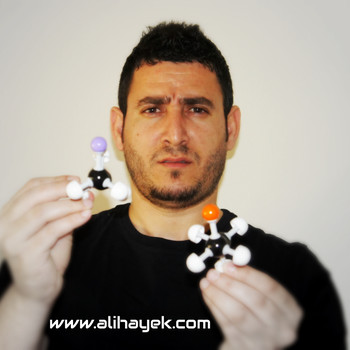Consider the combustion of methane: Ch4(g)+2O2(g) --> CO2(g)+2H2O(g), suppose 2.8 moles of methane are allowed to react with 3 moles of oxygen, what is the limiting reactant?
1 Answer
Explanation:
There are different methods of finding the limiting reactant, here is the simplest to my opinion.
The reaction is:
Find the molar ratio between the experimental number of moles and theoretical number of moles of the reactants:
For
The
For
The
The reactant that gives the smaller molar ratio is the limiting reactant which is in this case the oxygen
More Explanation:
To consume the

